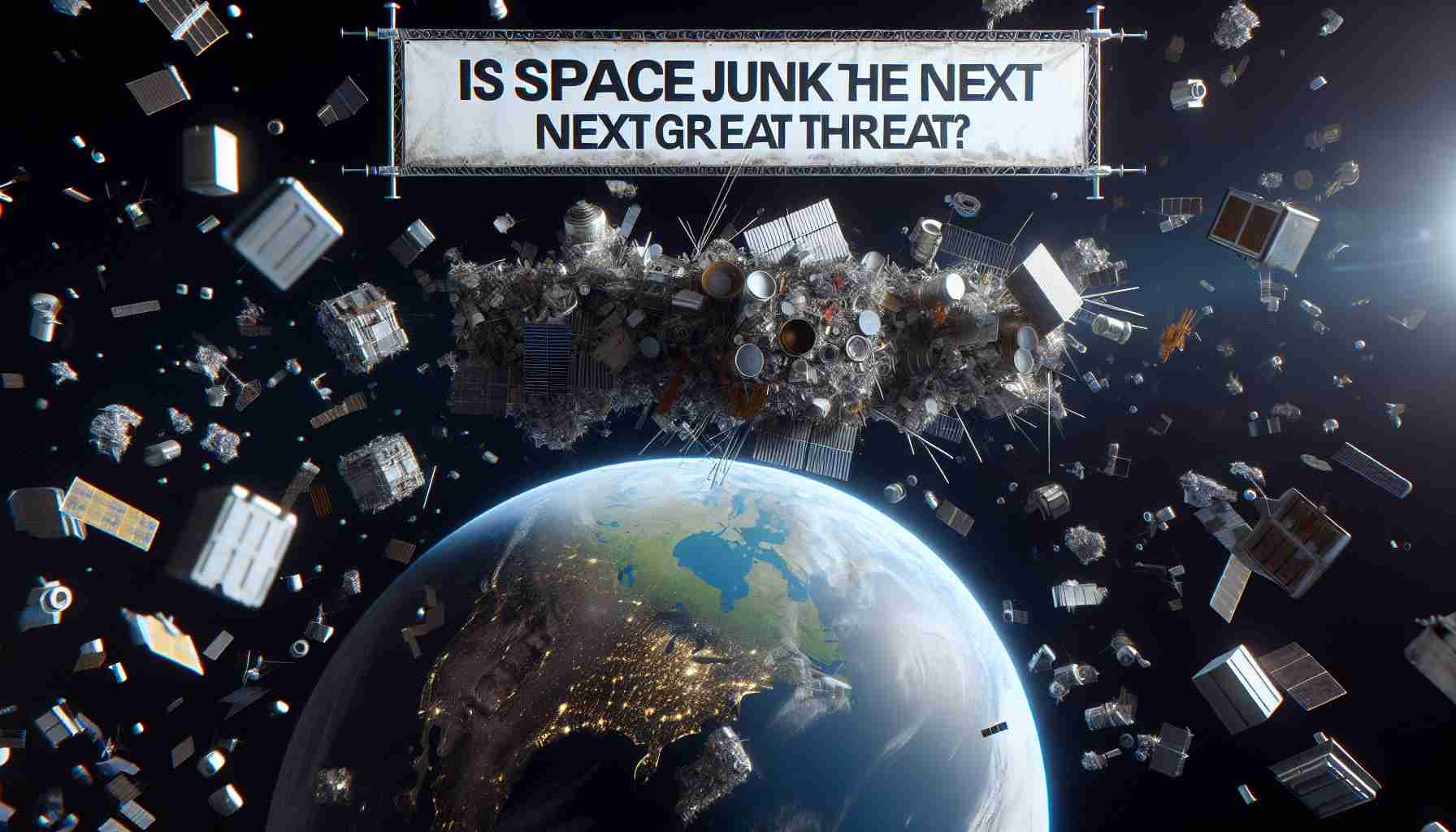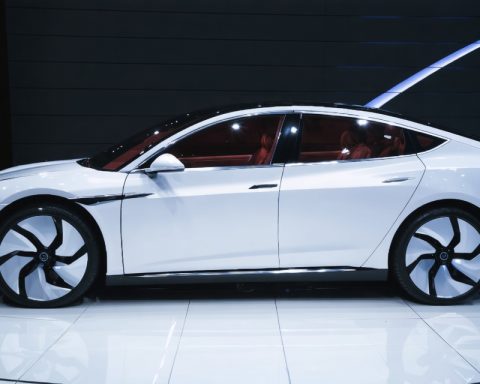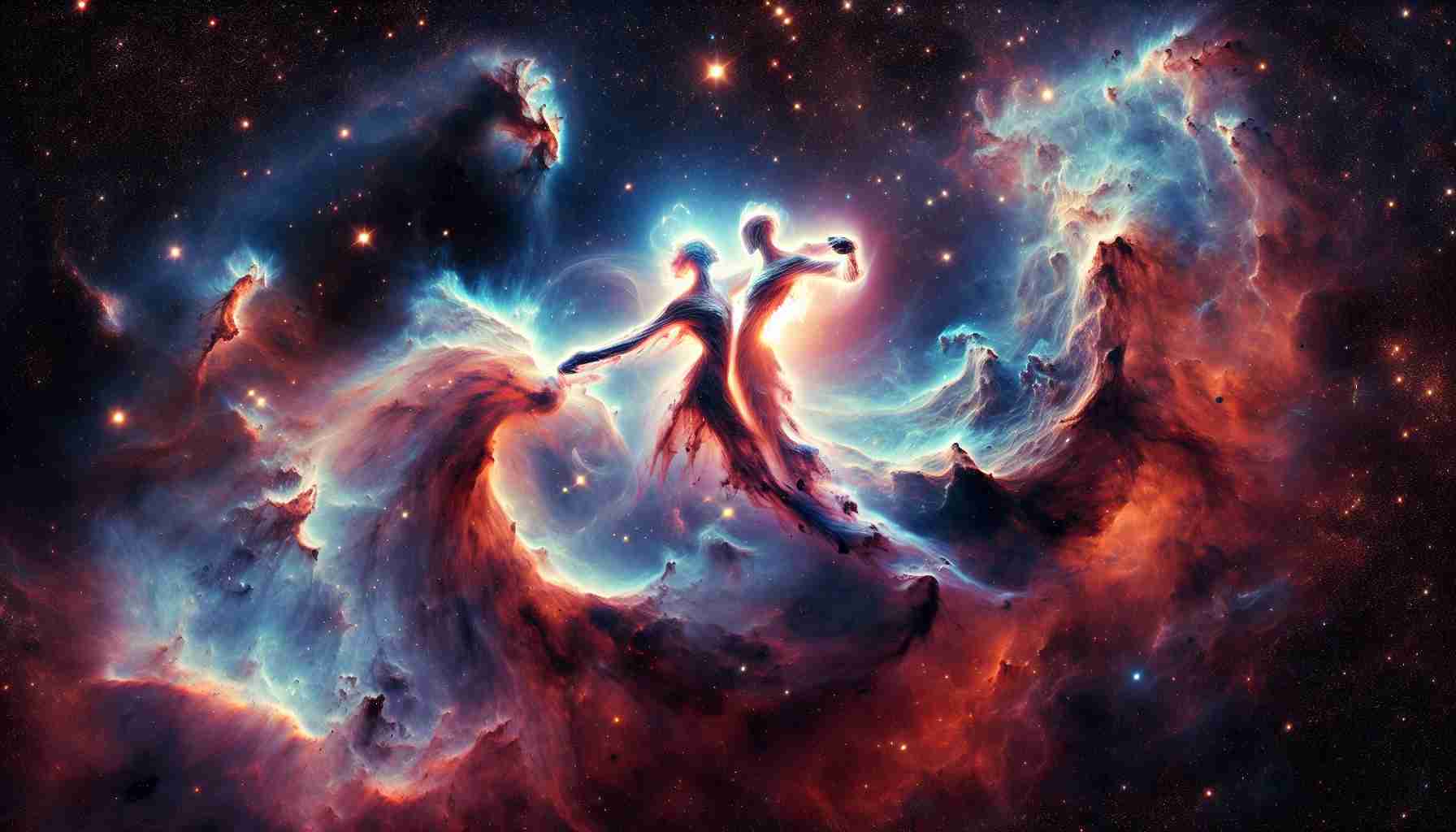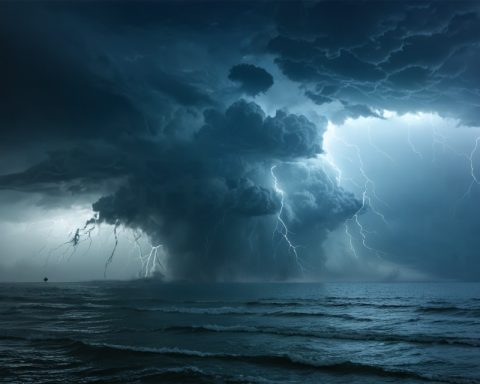Understanding Space Debris: An Increasingly Dangerous Situation
Space is often perceived as boundless, but the presence of space debris is creating a precarious situation for future exploration and technology. Thousands of satellites, launched over the decades by various nations, have successfully helped us observe our planet and its surroundings. However, many of these satellites are now outdated and pose significant risks.
When defunct satellites and fragments remain in orbit, they contribute to what experts call an ever-growing junkyard in space. The danger is real; NASA has indicated that each piece of debris presents a potential threat to both operational satellites and human crewmembers in space. Just recently, the International Space Station had to alter its position to avoid a piece of this debris, illustrating the real-time dangers navigated by our space crews.
The situation could escalate further into what is known as Kessler Syndrome, a hypothetical scenario in which collisions lead to a cascade effect of further debris creation, potentially making Earth’s orbit hazardous for any spacecraft.
To combat this escalating crisis, organizations like NASA and the European Space Agency are advocating for enhanced tracking and removal efforts, aiming for nearly complete eradication of space junk by 2030 through initiatives like the Zero Debris Charter. As we increasingly rely on space infrastructure, addressing the issue of space junk becomes critical for our future in the cosmos.
The Growing Challenge of Space Debris: Impacts and Solutions for a Safer Orbit
Understanding Space Debris: An Increasingly Dangerous Situation
The issue of space debris is becoming a pressing concern as the number of satellites in orbit increases, with estimates suggesting over 36,500 pieces of debris larger than 10 cm and millions of smaller fragments. This accumulation creates a significant risk for future space missions, as each piece of debris can travel at speeds of up to 28,000 km/h, presenting threats to active satellites and crewed missions alike.
Key Features of Space Debris
1. Types of Debris: Space debris includes defunct satellites, spent rocket stages, and fragments from collisions. These can vary in size from tiny paint flecks to large defunct satellites.
2. Tracking Innovations: Organizations around the world are developing advanced tracking technologies, such as laser ranging and radio-frequency analysis, to monitor debris more effectively. This enables timely maneuvers for operational spacecraft, reducing collision risks.
3. Collision Avoidance Systems: Modern space missions are equipped with sophisticated collision avoidance systems that can autonomously maneuver satellites, enhancing safety in heavily populated orbital regions.
Pros and Cons of Space Debris
Pros:
– Increased awareness and innovations in tracking and debris removal technologies.
– Collaboration between countries and organizations to tackle space debris collectively.
Cons:
– Rising costs associated with tracking and safeguarding ongoing and future missions.
– Potential for catastrophic collisions that could escalate the debris problem significantly.
How to Contribute to Mitigating Space Debris
– Advocate for Sustainable Practices: Support policies that require satellite operators to design systems with end-of-life plans, including deorbiting or moving to graveyard orbits.
– Stay Informed: Educate yourself and others about space debris and its implications through reputable resources, including articles from agencies like NASA and ESA.
Current Trends and Innovations in Space Debris Management
– Active Debris Removal (ADR): Several novel approaches are being explored, including using nets, harpoons, and robotic arms to capture and deorbit space debris. Projects like “RemoveDEBRIS” are leading the way in testing these technologies.
– International Collaboration: The global nature of space makes international cooperation essential. Initiatives like the Zero Debris Charter compel countries to adopt practices that will ideally lead to a clean space environment by 2030.
Future Predictions and Insightful Trends
Experts predict that without immediate action, the amount of space debris could increase exponentially, leading to the Kessler Syndrome scenario. Strategic actions taken now can minimize future risks and ensure safer pathways for exploration beyond Earth. Proactive measures may involve policy changes, enhanced satellite design standards, and increased investment in debris removal technologies.
Conclusion
The accumulation of space debris represents a significant hurdle for current and future space exploration. As we continue to expand our presence beyond Earth, the implementation of effective debris management strategies becomes imperative. In doing so, we can safeguard the assets in orbit and ensure that the cosmos remain a viable frontier for exploration without the looming threat of a debris-laden environment.


















